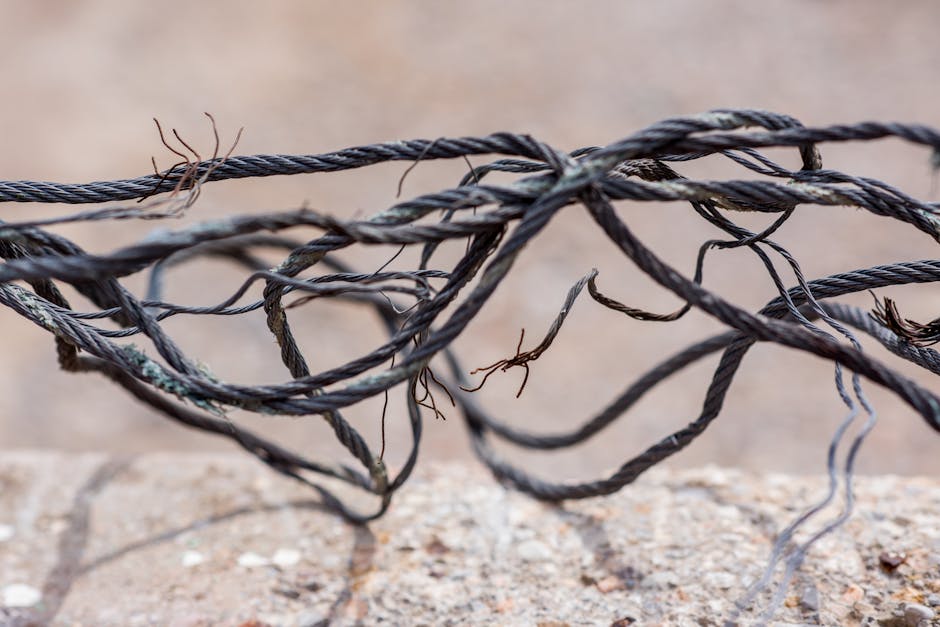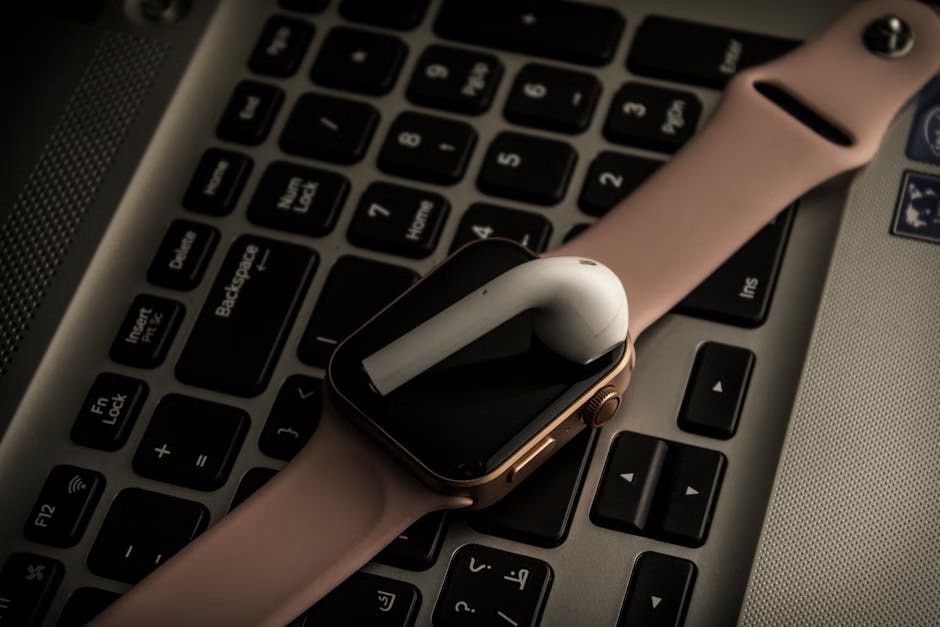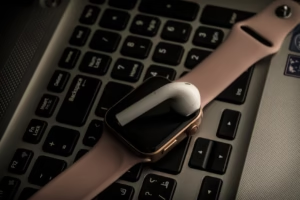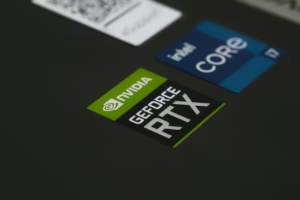Master Your Old Cables: 5 Simple Steps to Clutter-Free Clarity
If your junk drawer, desk area, or even the back of your entertainment unit looks less like a functional space and more like a mysterious creature spun from a thousand tangled strands, then welcome to the club! As someone who has wrestled with my fair share of digital dragons and, more specifically, the infamous multi-headed hydra of old cables, I can tell you: you&re not alone. For years, my home office was a testament to technological chaos, a place where cables went to die (or at least, to get hopelessly knotted). But I&ve learned the secrets to taming the beast, transforming that frustrating mess into a haven of clarity and efficiency. Ready to reclaim your space?
Let&s dive into how we can turn your cable catastrophe into a model of organization, moving from overwhelming clutter to refreshing clarity.
Why Does My Cable Drawer Look Like a Spaghetti Monster?
Direct Answer: Your cable drawer resembles a spaghetti monster because of gradual accumulation, a lack of a systematic approach to storage, and the sheer variety of devices we now own.
Think about it: every new gadget comes with its own unique set of wires. A new phone means a new USB cable, a new monitor might mean another HDMI cable, and before you know it, you&re drowning in a sea of proprietary connectors and generic power cords. This constant influx, combined with the human tendency to “just put it somewhere for now,” leads to the inevitable explosion of tech clutter. We hold onto old cables “just in case” – an old phone charger, a random power brick, or that mysterious cable you can&t even identify anymore. This habit, while well-intentioned, is the primary culprit behind the chaos.
How Do I Start Decluttering My old cables?
Direct Answer: Begin by gathering all your cables in one place, then systematically identifying and sorting them into “keep,” “recycle,” and “discard” piles.
The first step to conquering your collection of old cables is to get them all in one spot. This might sound daunting, but it&s crucial. Go through every drawer, every box, behind every TV, and under every desk.
Pull out every single cable you can find. Don&t worry about what they are yet; just consolidate them into one giant pile. Seeing the full extent of your collection can be eye-opening – and motivating!
What Cables Do I Really Need? Learning to Identify Cables.
Now for the detective work: identify cables. This is where most people get stuck. Here’s a quick guide to help you:
- Power Cables: These usually have a distinct, often thicker, head that plugs into a wall outlet. Match them to their devices (laptops, monitors, game consoles).
- USB Cables: Look for the familiar rectangular (USB-A), smaller reversible (USB-C), or micro/mini USB ends. These are primarily for data transfer and charging. You&ll likely have many charging cables for phones and tablets.
- HDMI Cables: Recognizable by their flat, trapezoidal ends, these transmit high-definition audio and video. Think TVs, monitors, streaming devices.
- Ethernet Cables: These have a larger, squarer head with a clip, used for wired internet connections.
- Audio Cables: RCA (red, white, yellow), 3.5mm jacks (headphone jacks), optical audio.
- Proprietary Cables: Some devices, especially older ones, have unique connectors. If you no longer own the device, you likely don&t need the cable.
As you identify them, ask yourself: “Do I still own the device this cable belongs to?” and “Is this cable still functional?” Be ruthless. If you haven&t used a cable in over a year and can&t immediately name its purpose, it&s probably time to let it go. Keep only what you actively use or have a clear, immediate need for.
What&s the Best Way to Organize Cables I&m Keeping?
Direct Answer: The best way to organize cables is to label them, bundle them neatly, and store them in accessible, dedicated spaces using appropriate cable storage solutions.
Once you&ve pared down your collection, it&s time to implement a robust cable management system. This will prevent future tangles and make finding the right cable a breeze.
- Label Everything: This is non-negotiable. Use a label maker, masking tape and a marker, or even bread tags. Label both ends of the cable with what it&s for (e.g., “Laptop Charger,” “TV to Soundbar HDMI”).
- Bundle Neatly: Avoid just coiling them loosely. Use Velcro cable ties, zip ties, or reusable silicone ties. For longer runs, cable sleeves are fantastic for keeping multiple cables together behind a desk or TV.
- Dedicated Storage: Don&t just toss them back into a drawer. Consider these options:
- Cable Boxes: These are excellent for hiding power strips and excess cable length under desks, creating a much cleaner look. You can find stylish ones that blend with your decor.
- Drawer Dividers: Use small bins or drawer dividers to keep different types of cables separate (e.g., one section for USB cables, another for HDMI cables).
- Wall Organizers: Pegboards or command hook systems can be great for hanging cables you use frequently.
- Small Pouches/Bags: For travel or less frequently used cables, individual mesh pouches can keep them tidy.
For more advanced setups, consider dedicated cable raceways or channels to hide wires running along walls or under desks. I personally swear by a combination of Velcro ties and a good cable management box to keep my workstation looking pristine. For inspiration on various setups, check out this great guide on IKEA&s cable organization solutions.
What Should I Do With My Unwanted old cables?
Direct Answer: Do not throw them in the regular trash; instead, seek out proper e-waste recycling facilities or donation centers.
This is a critical step. Electronic waste, or e-waste, contains valuable materials and, more importantly, hazardous substances that can harm the environment if not disposed of properly. Your discarded old cables should never end up in a landfill.
- Local Recycling Centers: Many cities and counties have dedicated e-waste recycling programs. A quick search for “e-waste recycling near me” will usually yield results.
- Retailer Take-Back Programs: Large electronics retailers (like Best Buy or Staples) often have recycling programs for various electronics, including cables.
- Manufacturer Programs: Some device manufacturers offer recycling services for their own products and accessories.
- Donation: If the cables are still functional and universal (like standard USB cables), consider donating them to schools, community centers, or local charities.
Responsible disposal is not just good for the planet, it&s a testament to your commitment to a clutter-free and sustainable lifestyle. Learn more about responsible electronics recycling from the EPA&s Electronics Recycling Basics.
Shop Related Products on eBay
Find the best deals on these recommended products:
… (Content truncated for length) …
About the Author:
Poly Kaza is a seasoned technology journalist and wearable tech enthusiast with over a decade of experience reviewing and analyzing the latest innovations in smart devices. He has a deep understanding of the underlying technologies that power smartwatches and a passion for helping consumers make informed decisions about their digital companions. His work focuses on bridging the gap between complex technical specifications and practical user experience, with a keen eye on how wearables impact daily life and health.













3 comments